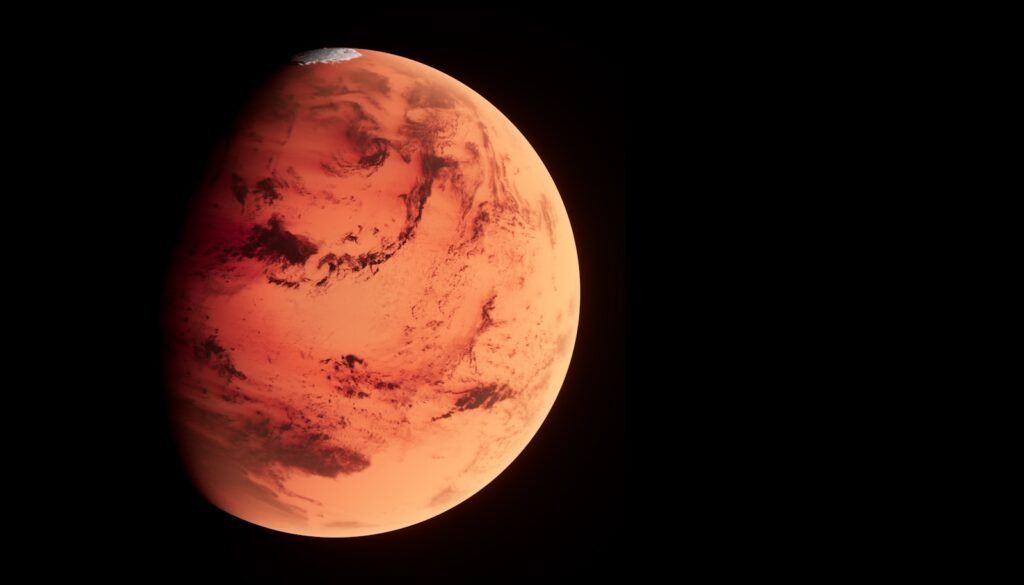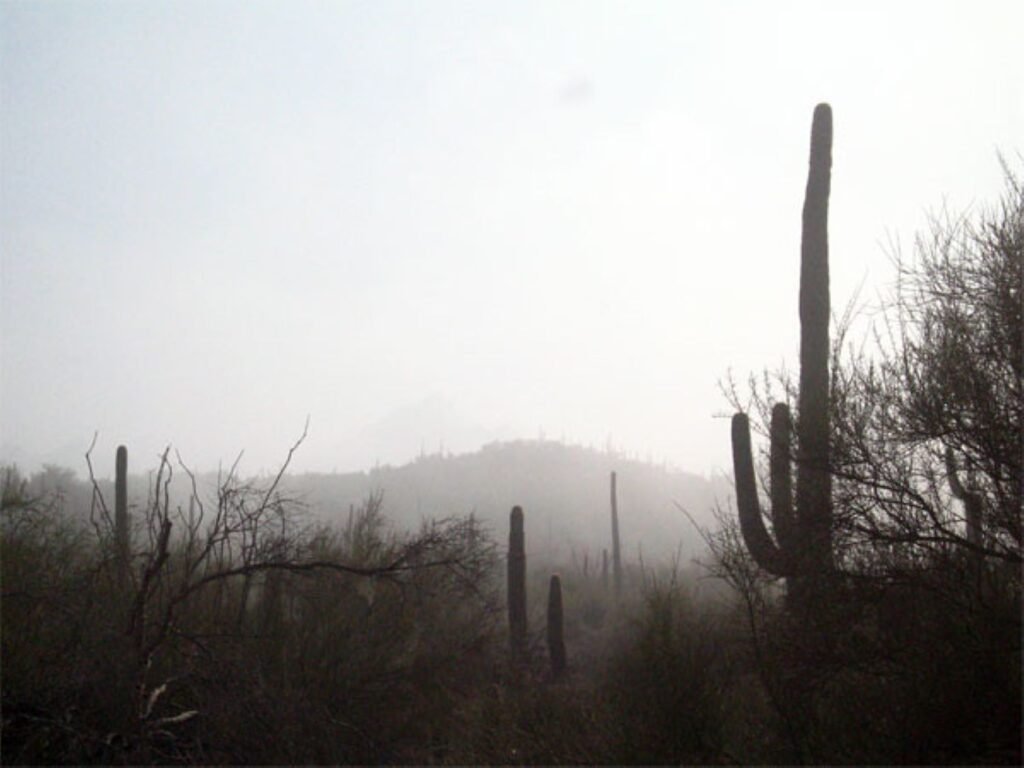Today Mars is a frozen desert devoid of flowing water and with a rusty surface scuffed by dust storms. But billions of years ago, the Red Planet might have been a planet of rushing rivers, glittering lakes, even rain or snow falling from alien heavens. Suggesting Mars was far wetter and maybe warmer than previously thought, a ground-breaking study from the University of Colorado Boulder questions long-held beliefs about Mars’ ancient temperature. Analyzing valley networks with Earth-like accuracy has revealed shockingly evidence that precipitation, not only melting ice, shaped Mars’ terrain. But how could a planet now colder than the depths of Antarctica allow rainfalls? And how should this affect the hunt for extinct Martian life?
A Martian Paradox: How a Frozen World Hosted Flowing Water

Mars’ ancient river valleys, lake beds, and possible ocean shorelines have long puzzled scientists. The planet’s current atmosphere is too thin to sustain liquid water, and the young Sun was 25% dimmer billions of years ago, making a “warm and wet” Mars seem improbable. Yet, the geological record tells a different story.
New computer simulations reveal that valley networks on Mars particularly near the equator match patterns formed by rainfall or snowmelt, not just sporadic ice-cap melting. “You’d need meters-deep flowing water to deposit the kinds of boulders we see in Jezero Crater,” says Brian Hynek, a planetary scientist at CU Boulder. This suggests Mars had a sustained hydrologic cycle, with precipitation feeding rivers that carved valleys across elevations, a scenario eerily similar to Earth’s water cycle.
Digital Time Travel: Simulating Mars’ Ancient Climate
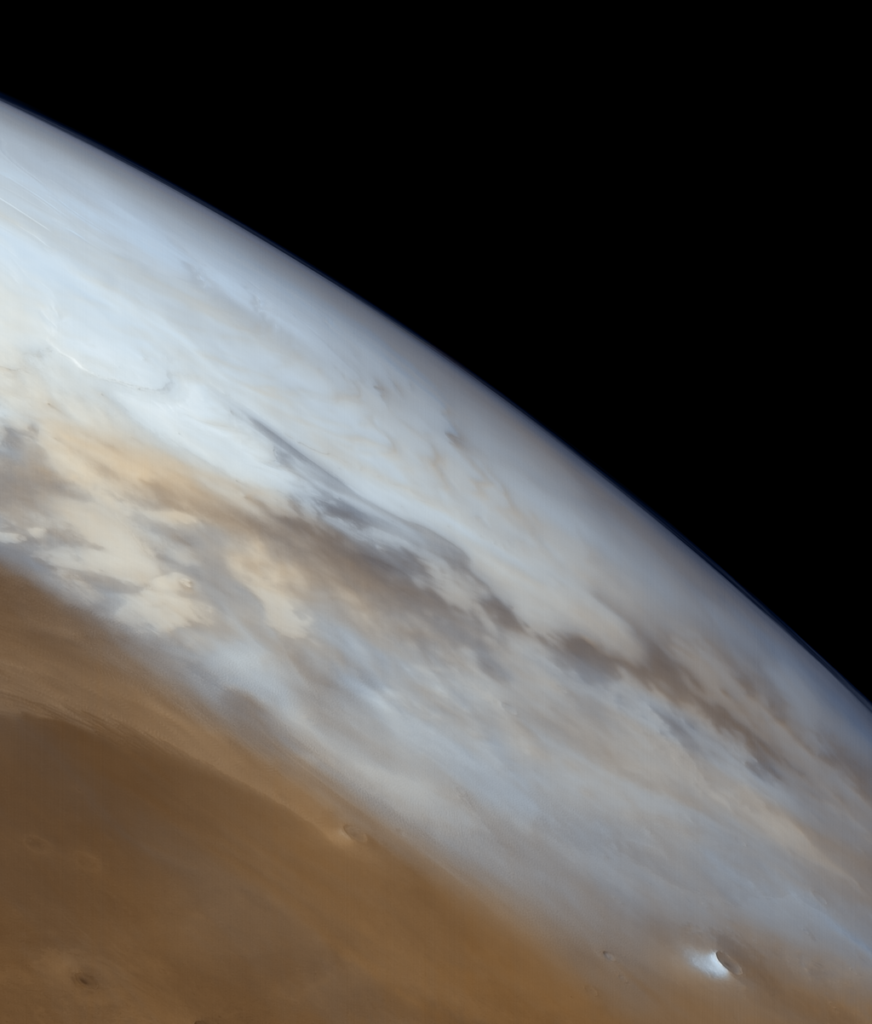
Researchers modified an Earth-based landscape evolution model to replicate Martian topography in order to test opposing ideas. They conducted two simulations:
- “Cold and Icy Mars” Water came only from melting ice caps. Valleys formed in narrow bands at high elevations.
- “Warm and Wet Mars” Precipitation (rain or snow) fell across the planet. Valleys appeared at diverse elevations, from low plains to mountains over 3,350 meters (11,000 feet) high.
The results were striking. The precipitation model aligned almost perfectly with real Martian valley networks, while the ice-melt scenario left gaps. “Valley heads from everywhere with distributed precipitation,” explains lead author Amanda Steckel. “That’s what we see on Mars”.
The Utah Connection: Why Mars Mirrors Earth’s Desert Landscapes
Satellite images of Mars’ terrain bear uncanny resemblances to Earth’s arid regions, like Utah or the Atacama Desert. Steckel notes, “Zoom out on Google Earth, and the parallels are undeniable”. These similarities hint at shared erosion processes, water cutting through rock over millennia.
The twist is that Mars’s lower gravity lets landforms rise taller before collapsing, producing valleys 2.6 times deeper than those of Earth. Mars’s physics amplifies Earth-like processes, thus this “Goldilocks” effect could help to explain why its ancient rivers left such striking scars.
The Mystery of Mars’ Missing Greenhouse
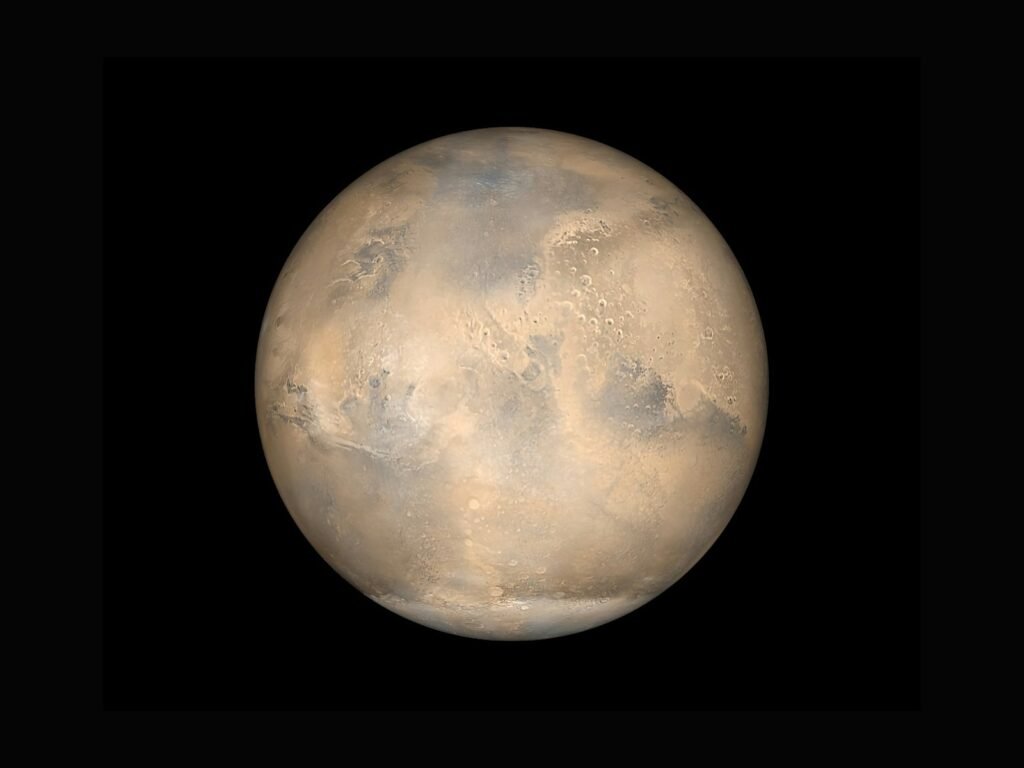
Should Mars experience rain, how could it remain warm enough? Although 96% CO₂, today’s Martian atmosphere is too thin to efficiently trap heat. Scientists believe that asteroid impacts or volcanic eruptions could have momentarily thickened the atmosphere and produced a greenhouse effect.
This is confirmed with the discovery of carbonates from siderite within Gale Crater by Curiosity rover that form in CO2-rich environments, and suggest that the atmosphere once was dense. However, unlike Earth it could be destined to dry out as it was unable to recycle atmospheric water back into its mantle.
Jezero Crater: A Window Into Mars’ Watery Past
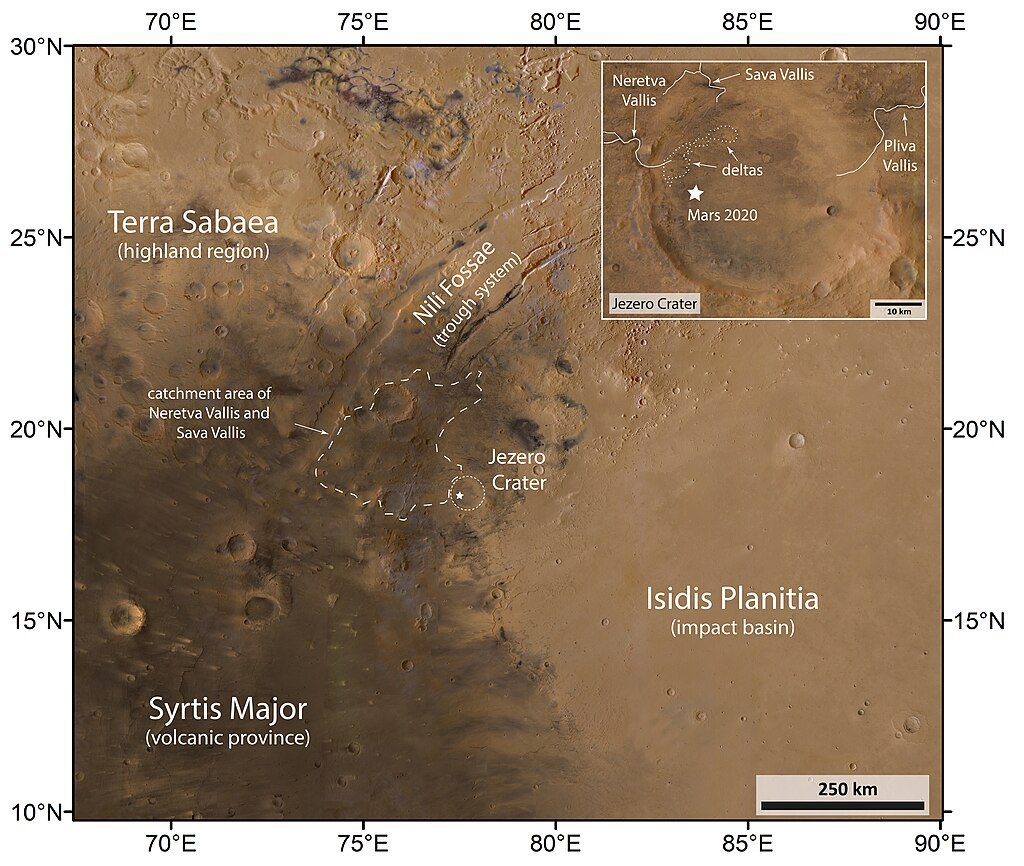
NASA’s Perseverance rover is exploring Jezero Crater, a former lakebed fed by a massive river delta. The boulders there, some the size of cars, required “meters-deep” flows to transport them far beyond what melting ice could produce. This delta, preserved for 3.7 billion years, is a time capsule of Mars’ habitable era, possibly harboring microbial fossils.
Implications for Life and Earth’s Origins
A rainy Mars reshapes our understanding of planetary habitability. “Mars froze in time 3.5 billion years ago,” says Hynek. “It may resemble early Earth before plate tectonics reshaped our planet”. Studying Mars’ stalled geology could reveal clues about Earth’s lost infancy and how life emerged here.
The Snowfall That Never Reached the Ground
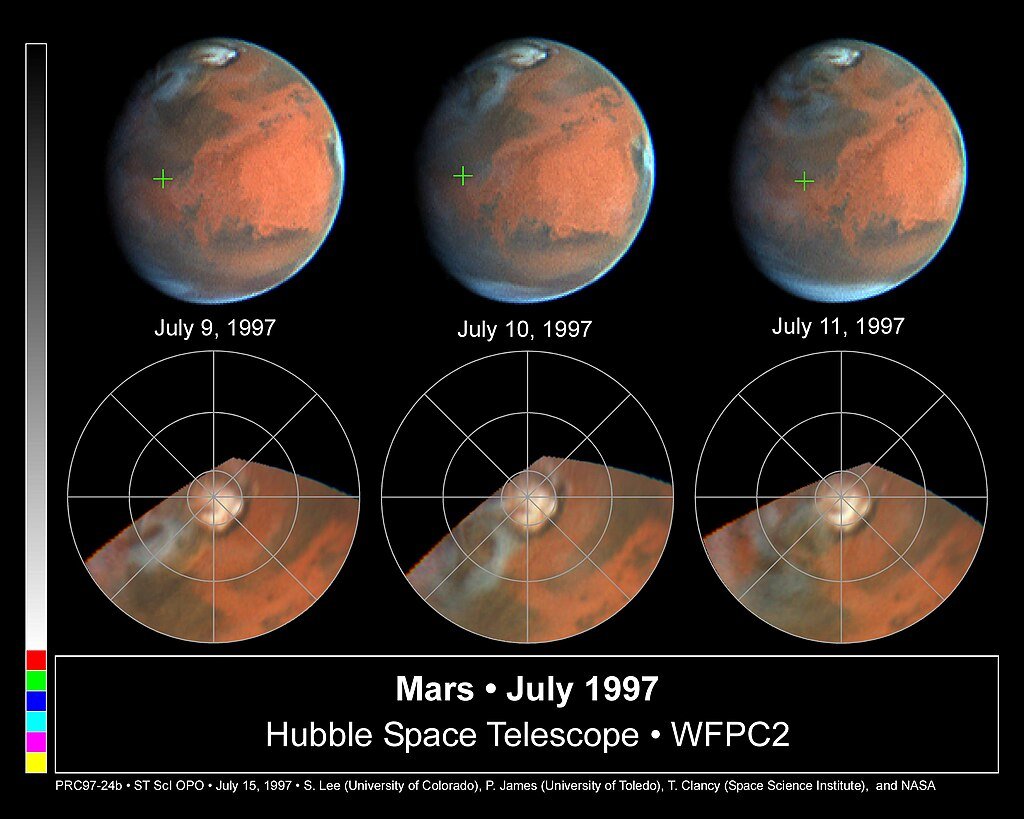
Even today, Mars experiences weather. In 2008, the Phoenix lander observed snow falling from clouds though it vaporized before hitting the surface. These fleeting storms are ghosts of a vanished climate, reminders that Mars’ story is still being rewritten.
Final Thought
The idea of a rainy, Earth-like Mars challenges decades of assumptions. While mysteries remain like how the planet retained warmth each rover mission and simulation brings us closer to understanding our planetary neighbor’s dramatic transformation. As Steckel puts it, “Mars isn’t just a desert. It’s a fossilized record of what Earth might have been” .
Sources:

Jan loves Wildlife and Animals and is one of the founders of Animals Around The Globe. He holds an MSc in Finance & Economics and is a passionate PADI Open Water Diver. His favorite animals are Mountain Gorillas, Tigers, and Great White Sharks. He lived in South Africa, Germany, the USA, Ireland, Italy, China, and Australia. Before AATG, Jan worked for Google, Axel Springer, BMW and others.

